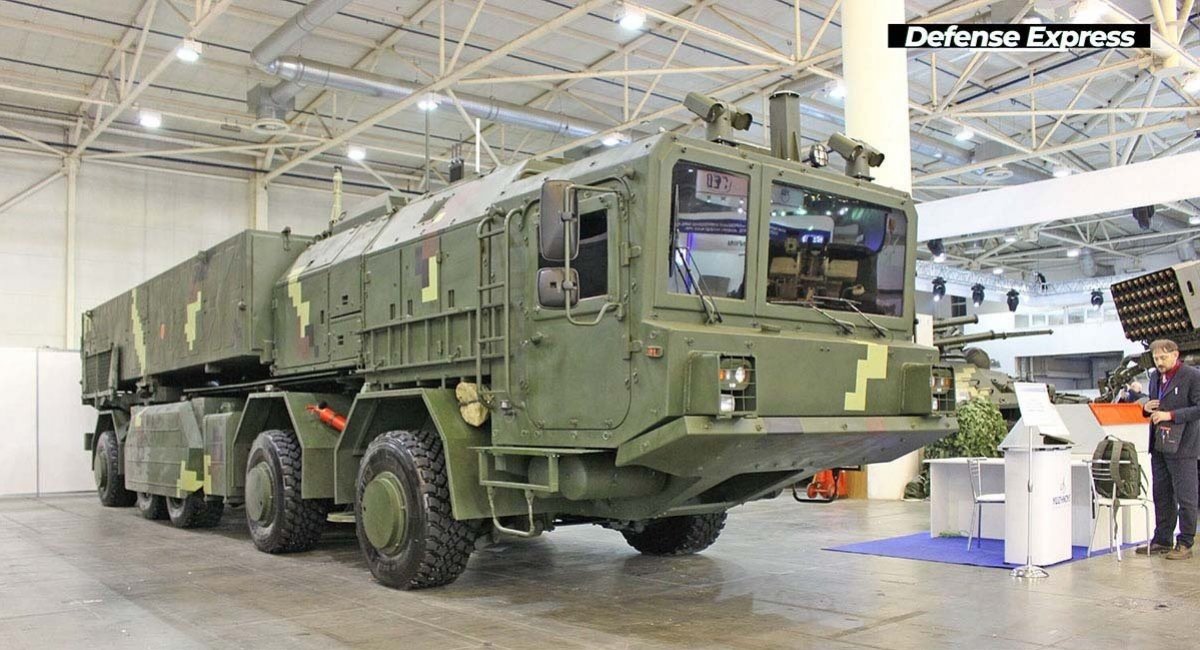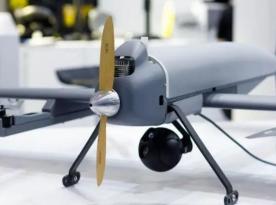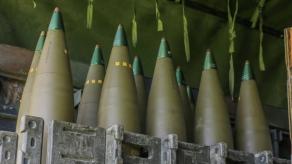Talking with journalists August 27th, Ukrainian President Volodymyr Zelenskyi made a resonant statement that "Ukraine has successfully trialed the first ballistic missile of its own production." In other words, there is significant progress in a certain project that would become Ukraine's answer to russian asymmetric attacks with Iskander-M short-range ballistic missiles.
This announcement signifies not just the appearance of a new type of weapon in Ukraine's arsenal, similar to American-provided ATACMS systems. Under the announcement of a successful trial, i.e. a live firing test, a whole layer of foundational work is hiding.
Read more: Insights Into the Missions of Tochka-U From Ukrainian Missile System Operators
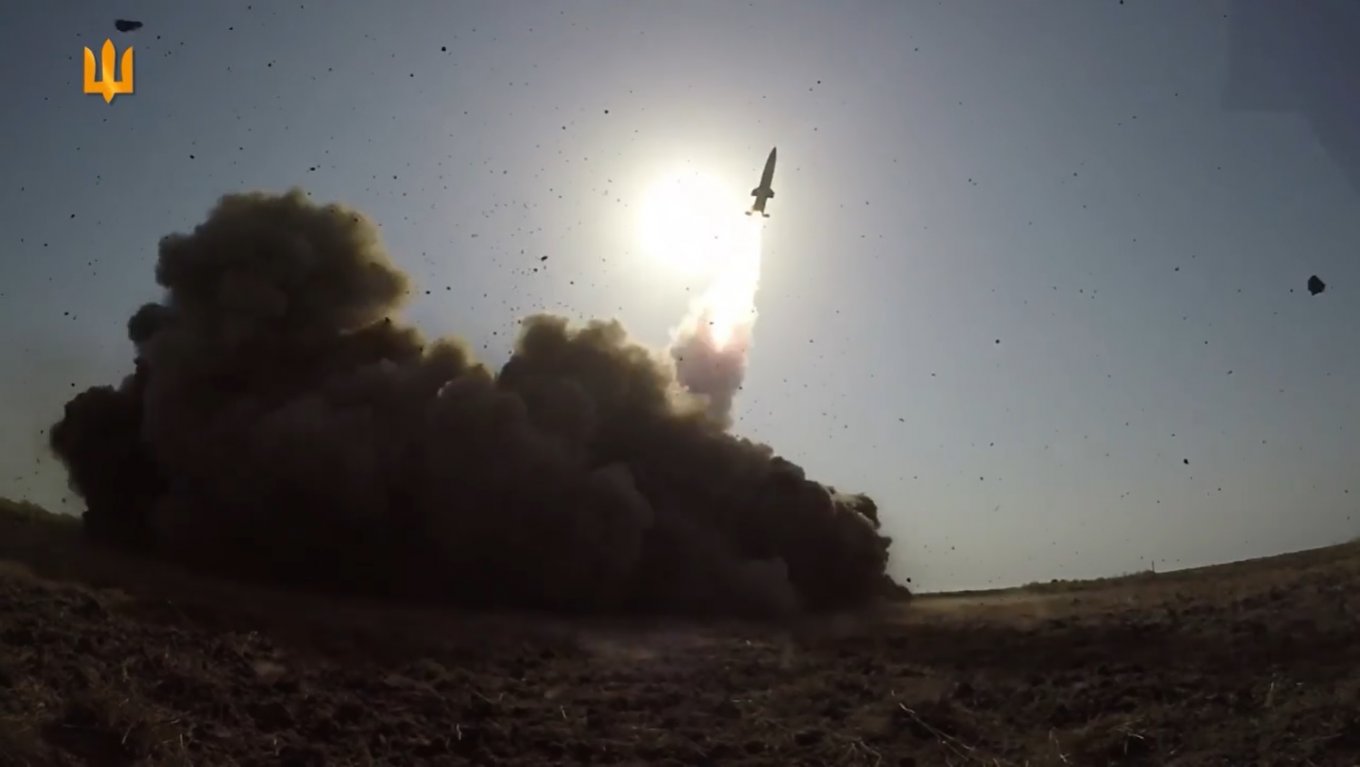
Apart from the efforts put into the conceptual predecessor, the Sapsan program, — which we'll discuss in just a minute — long before the outbreak of the larger invasion of russia, reaching the testing stage means that the industry produced not just one prototype but a quantity sufficient for trials.
This in itself is a difficult task, and it becomes times more risky and complicated during war, when the entirety of Ukraine's territory is exposed to russian long-range missile and drone strikes.
No less critical is to keep every stage of this development in utmost secrecy without slowing down the progress. Especially when it comes to the phase necessary for each new weapon test: the actual missile deployment and launch.
For obvious reasons, Zelenskyi didn't specify when or where the live firing took place, or what was the target. This means, the implementation of this project might have already gone an extra mile since then.
A few words on Sapsan
As soon as the President of Ukraine made the announcement, many analysts and social media users remembered about Sapsan, also known as Hrim-2 — a Ukrainian ballistic missile project run by Pivdenne Design Bureau since 2014.
There was barely any information about this missile system even before the russian invasion in 2022, and it completely disappeared from the media radar afterward. However, a few notable news surfaced during this period.
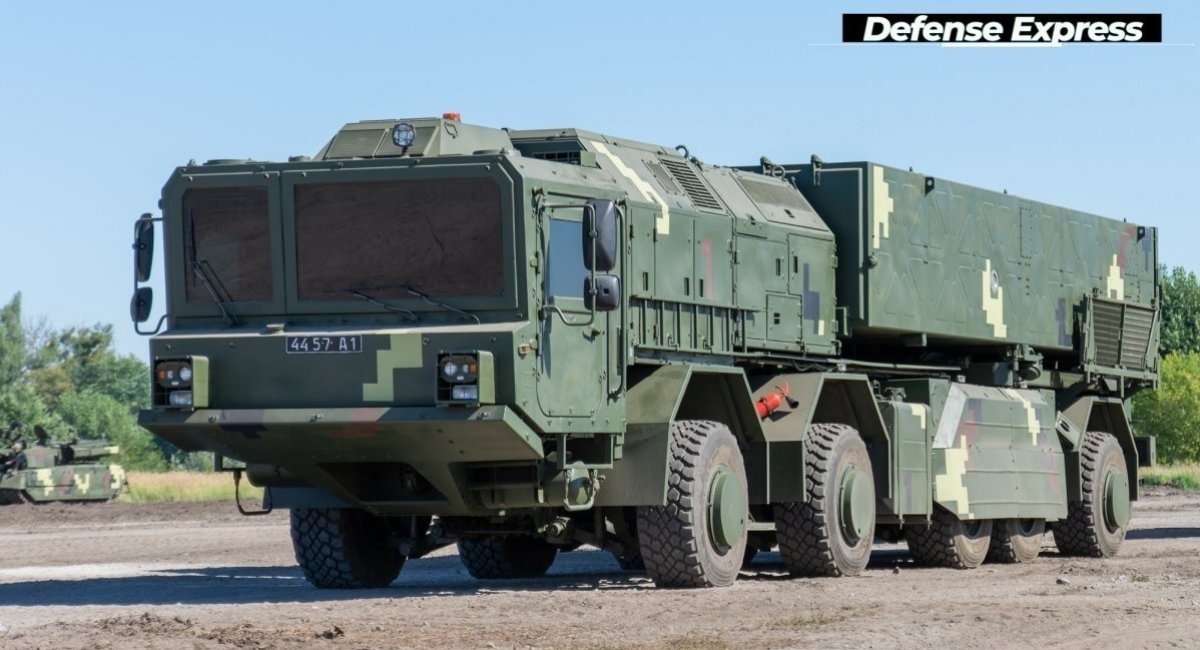
In June 2023, then-Minister of Defense of Ukraine Oleksii Reznikov said national arms makers were developing a missile with an operational range of 1,000 km, although he did not detail if it was a ballistic or a cruise one. Despite expectations, just a few days later, journalists learned from an industry official that the real status of the Hrim-2 missile project was far from operational readiness, with no prototypes produced at the time.
In November, an ambiguous statement from the Ukrainian Armed Forces general suggested that a Sapsan missile was fielded and used for a strike on russia. Brig. Gen. Serhii Baranov, chief at the Main Directorate of Missile Forces, Artillery, and Unmanned Systems, said Hrim-2 was "being improved," and it was an indication that Hrim-2 had actually progressed much more than the public knew.
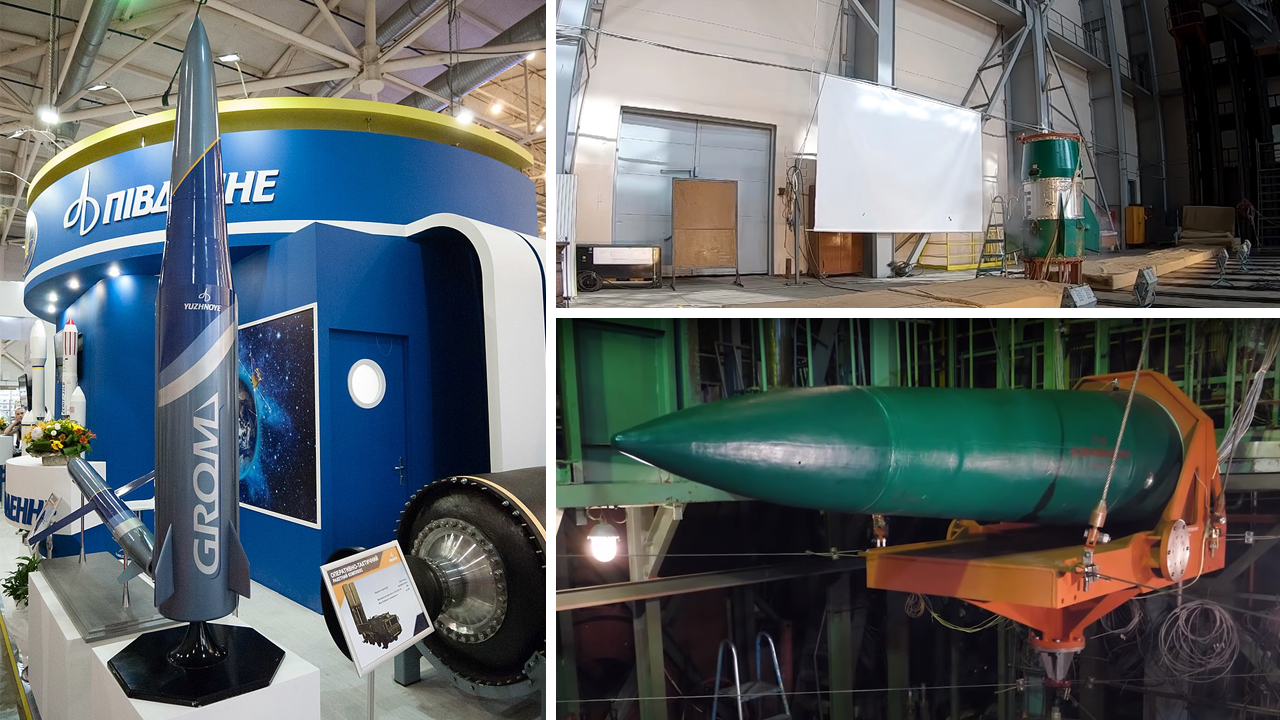
Here's a nuance, though. As simple as it might seem to say the new Ukrainian ballistic missile is just the finished Sapsan, the real weapon might have deviated from the original concept so much it would be more correct to call it a completely different weapon.
There is the illustrative precedent involving the S-200 air defense missile systems that Ukrainians used to take down a russian A-50 and Tu-22M3 aircraft in spring 2024. The complex was remodeled to the point it was an S-200 in name only.
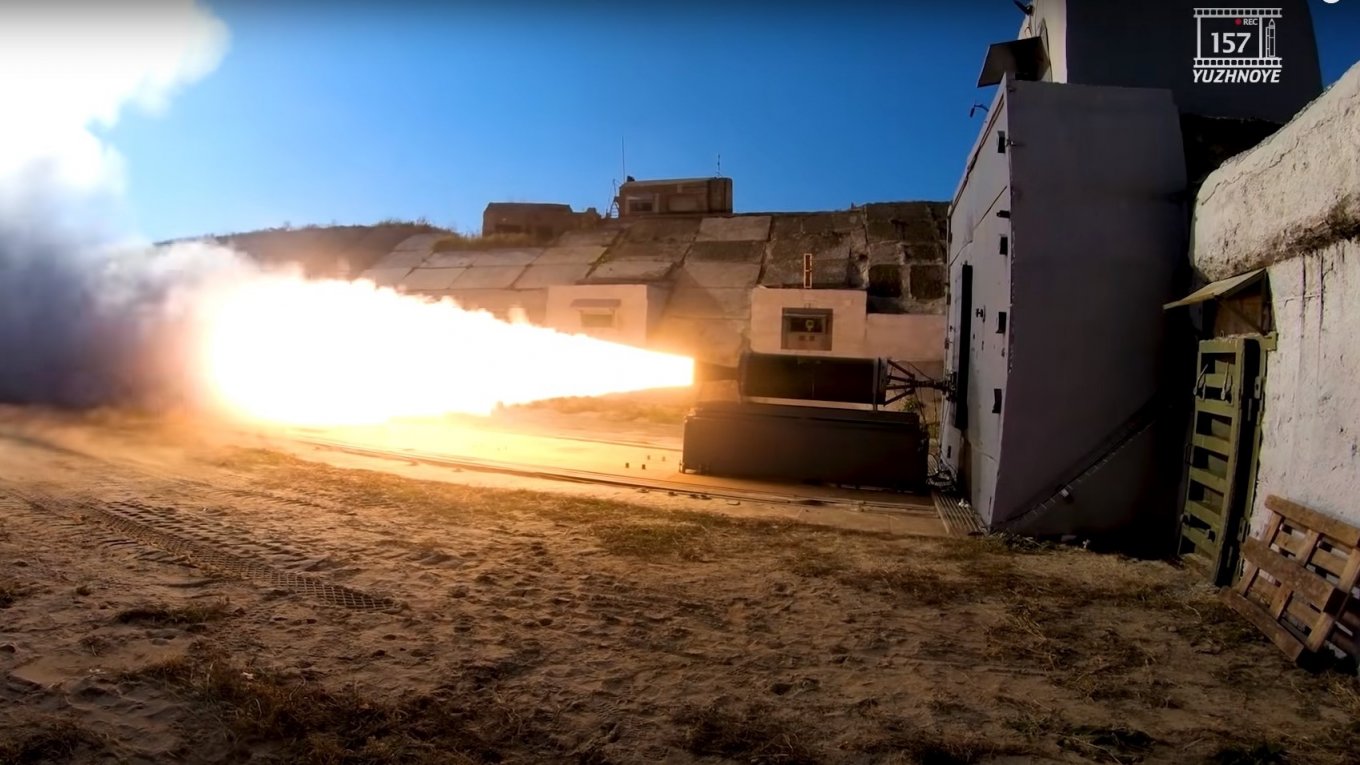
On a final note, let's recall all the other countries that have created or keep pursuing domestic ballistic missile projects. The list is not too long: the United States, Turkiye, Israel, India, Pakistan, South Korea, North Korea, Iran, China, and russia.
So far the only evidence is the President's statement but once confirmed independently, Ukraine would join the relatively small club of countries with advanced attack missile technologies.

Read more: The T-84 Oplot Tank Makes Debut in Defense of Kharkiv Region (Photo)



